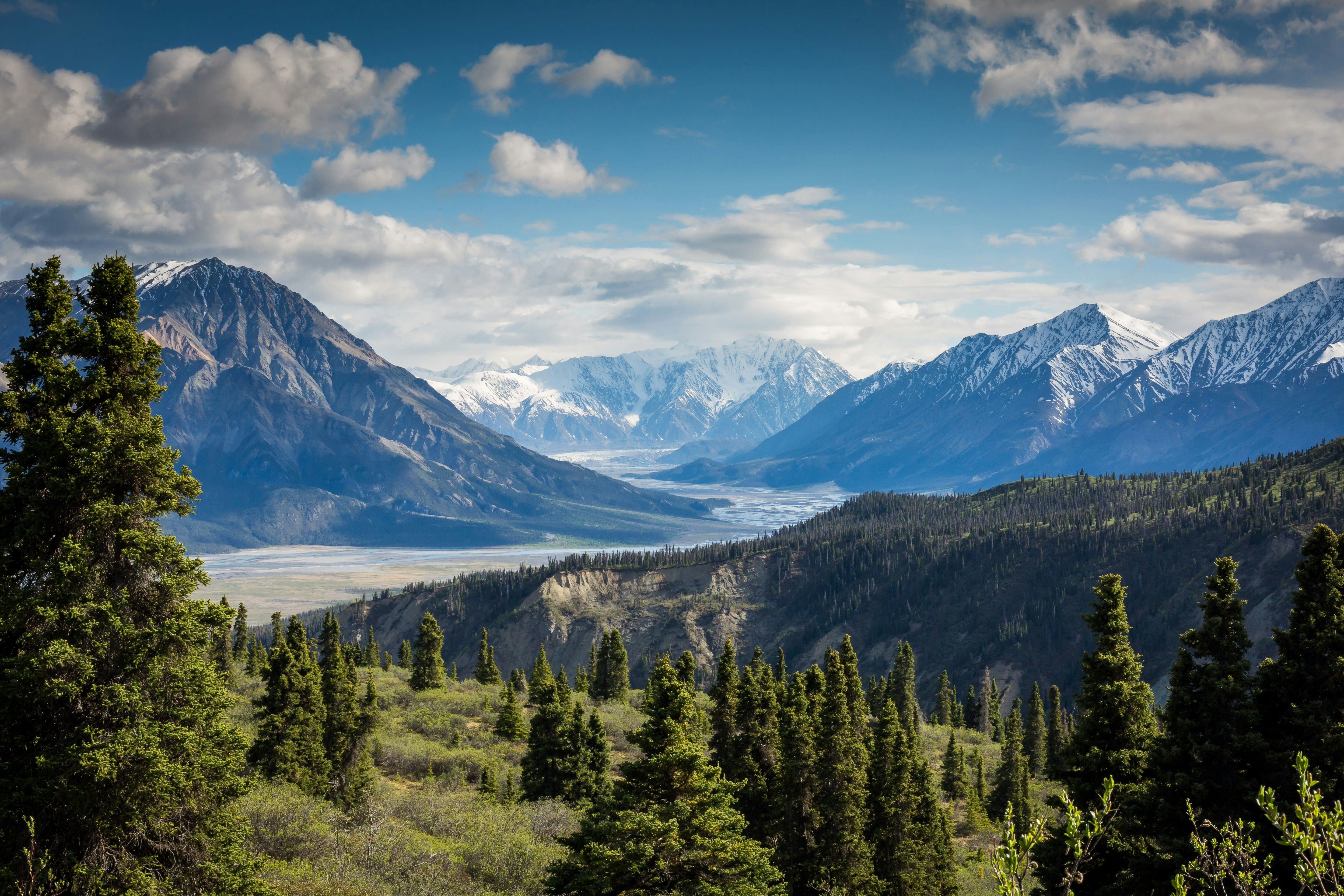Expanding nuclear power: Indonesia aims at energy expansion and emission reduction
Indonesia Inevitably Embraces Nuclear Energy to Address Climate Change
Transitioning from fossil fuels to cleaner, sustainable energy sources, Indonesia seeks to incorporate nuclear power into its energy mix. The nation's journey towards nuclear energy began in 1965 when then-president Sukarno inaugurated a test reactor, although it currently lacks nuclear power plants for electricity generation.
Coal, an abundant and polluting resource, has fueled Indonesia's energy demands. Despite this reliance, the country recognizes the need for nuclear energy to rein in and eventually reduce emissions, as argued by Philip Andrews-Speed, a senior research fellow at the Oxford Institute for Energy Studies.
In line with promises for energy security and the pledge to phase out coal-powered electricity generation within 15 years, President Prabowo Subianto has advocated for nuclear power as a viable solution. The government projected that 40-54GW, or approximately 13% of the total 400GW power production aimed to be achieved nationwide by 2060, will come from nuclear energy.
To initiate capacity, the government plans to build a small modular reactor on Borneo by 2030 or 2032. Smaller and easier to assemble than traditional reactors, these modular units are seen as a more feasible starting point for Indonesia's nuclear expansion.
The Ministry of Energy and Mineral Resources has identified 29 potential sites, located outside Java, for constructing nuclear power plants. This alignment with government goals to develop the central and eastern regions of the archipelago also positions these facilities near energy-intensive mining sites.
While concerns linger over Indonesia's seismically active position on the "Ring of Fire," proponents argue that safe nuclear energy deployment is feasible in regions considered low-risk zones, such as North Java, East Sumatra, West Kalimantan, and Central Kalimantan.
Countries from Vietnam to Belgium are increasing or preserving their nuclear capacity as they work towards net-zero goals to combat climate change. As Indonesia embarks on its nuclear journey, it will likely look towards international collaborations with partners like Russia's Rosatom, China's CNNC, and Candu Canada.
Widespread acceptance and safety concerns pose potential challenges for the Indonesian nuclear timeline, with some criticizing the ambitious plans as overambitious. Environmentalists advocate for a greater focus on renewable energy sources, particularly given the untapped potential in solar and wind power.
Clearing these hurdles and accessing international investments will be critical for Indonesia's nuclear transition to progress. Despite the challenges, Indonesia forges ahead in its quest for cleaner energy sources and energy security.
© 2025 AFP
- France's President Emmanuel Macron, along with other world leaders like those from the United States and Russia, may observe Indonesia's transition to nuclear energy as part of their global commitment to addressing climate change.
- As Indonesia expands its nuclear energy infrastructure, it might draw upon cutting-edge technology from various countries, including Canada, known for its Candu reactors.
- Amid the quest for energy security and the move towards cleaner energy sources, international sports competitions can serve as platforms for discussion on the role of nuclear power in achieving environmental objectives, bringing together nations like France, the United States, and Canada.
- The construction of nuclear power plants in Indonesia could inadvertently lead to advancements in technology, fostering collaboration between Indonesian engineers and those from technology-focused nations such as France and Canada.




